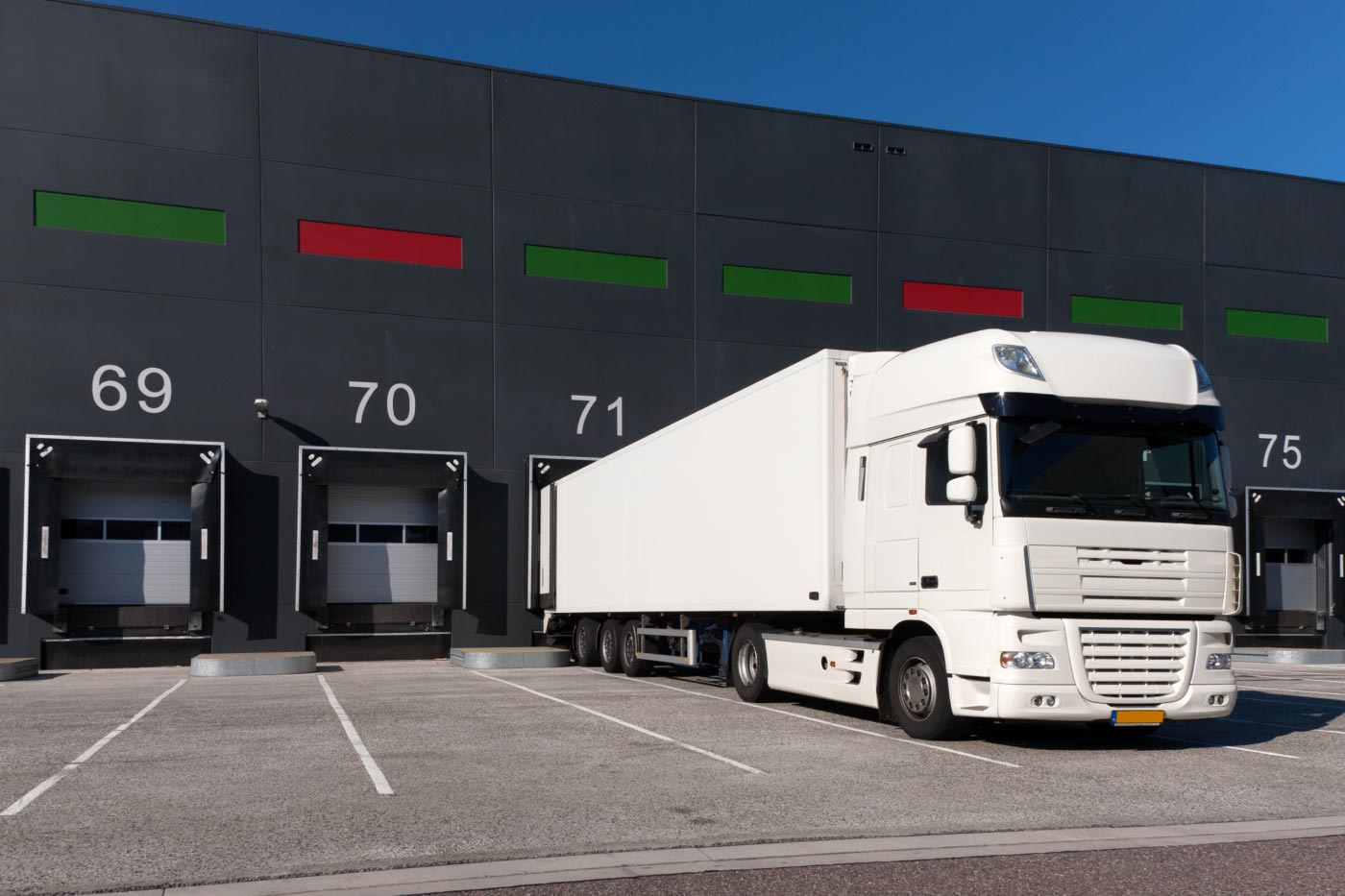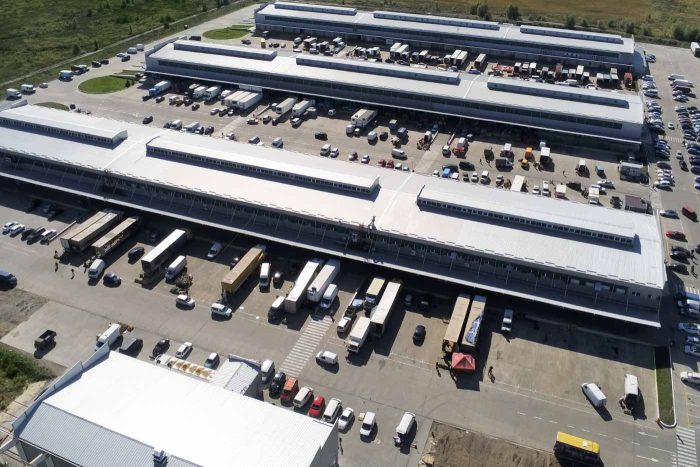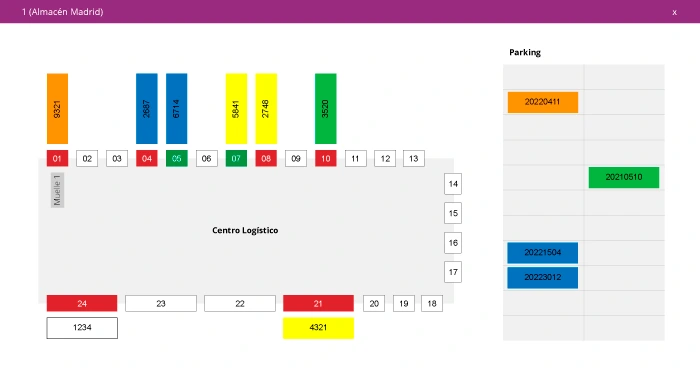The management of loading and unloading docks in warehouses and logistics platforms is a critical point in the supply chain.
The efficiency and reliability of this work depends on the chains functioning as perfect gears to place products in their destination markets in a timely manner.
However, the participation of different actors in these tasks causes frictions that, in many cases, require technological tools to grease the processes.
In addition, in recent months, various legislative changes have modified the traditional way in which the loading and unloading of trucks in warehouses and logistics platforms has been carried out.
In a scenario of lack of transportation supply and driver shortage, transportation plays a critical role in the chain. Keeping trucks running at peak performance and with as much cargo as possible is crucial.
Loading and unloading docks, focus of conflict
Loading and unloading was a task that had been customarily assigned to drivers. However, these professionals considered that these jobs should not be their responsibility.
Since last September, professional drivers have been prohibited from loading and unloading, with certain exceptions.
Legal changes in loading and unloading in warehouses
Specifically, since the beginning of September, the failure of drivers to prohibit loading and unloading has constituted a very serious infringement as defined in the Land Transport Law (LOTT).
As a result, responsibility for these tasks now falls to the companies that manage the warehouses and logistics centers where the trucks are loaded and unloaded.
Specifically, the LOTT makes the company under whose direction the driver of the vehicle is acting, as well as the loader, shipper, intermediary and consignee involved in the transport, responsible for the infringements in the performance of loading and unloading operations.
The situation forces these companies to take control to organize the flow of goods in and out of their facilities in order to ensure that flows within the warehouses are adequate and that trucks are guaranteed to move smoothly to avoid any risk of collapse and vehicle stoppages that generate costs and logistical inefficiencies.
Penalties for stoppages in loading and unloading in warehouses
In this same sense, another of the main problems that exist in the management of docks and fields in warehouses and logistics platforms has to do with the waiting time that trucks are obliged to wait.
These moments mean downtime in which neither vehicles nor drivers are generating revenue and in which, in addition, delays accumulate to cover other services.
For these reasons, carriers have been demanding measures to reduce these lost times.
At the same time, waiting times also create problems for transport customers, as they generate accumulations of vehicles that clog the docks and force the management of parking spaces in the fields and, in addition, slow down the movement of assemblies at exits and entrances.
The authorities consider that stoppages have a very significant impact on the functioning of the logistics chain, so they have sought to encourage their reduction in order to reduce transport times, workers’ non-productive hours and, ultimately, costs.
Thus, the LOTT provides that when the vehicle has to wait for a period of more than one hour until loading or unloading is completed, the carrier may demand compensation from the shipper for stoppage, which will give rise to compensation.
However, this situation is of no interest either to shippers, because of the increased costs involved, or to the carriers themselves, who are focused on keeping trucks and drivers on the road for as long as possible to generate revenue.
Technology to improve loading and unloading at warehouse docks
This complex landscape is well suited for the application of technological tools that take into account multiple variables to provide solutions to complex problems and also drive collaboration in the logistics chain.
Specifically, the use of new technologies to manage loading and unloading operations at warehouse docks and logistics platforms allows:
More dynamic supply chains, by streamlining loading and unloading tasks, establishing the best possible order and taking advantage of spaces to make vehicle exits and entrances more fluid.
- Improve the relationship between shipper and carrier, thanks to the use of tools that allow tangible gains in efficiency and agility for all parties involved.
- Reducing potential incidents by facilitating the exchange of information with greater agility
- Greater fluidity in invoicing because the streamlining of operations immediately activates the collection process of the services from a digital environment.
- Less bureaucratic document management thanks to the use of IT tools that allow the exchange of transport documentation with all the guarantees, eliminating the use of paper.
FIELDEAS helps you to optimize the management of your springs
FIELDEAS has developed a specific module to manage loading docks and unloading docks in warehouses and logistics platforms within its FIELDEAS Track and Trace supply chain visibility tool.
This tool directly connects all actors in the chain in real time. This generates optimization scenarios that benefit from faster procedures, greater efficiency and a better capacity to react to any possible incident, facilitating collaboration among all the actors in the chain.
The system offers advanced capabilities including:
- Dock requests by each carrier based on previous planning.
- Approval flows for each operation in each warehouse or logistics platform.
- Real-time planning follow-up.
- Automatic alerts that warn of any situation that deviates from the plan.
- Visual monitoring of waiting areas and downtime.
- Dynamic reallocation of loading and unloading docks, as well as of waiting spaces in the yard.
Optimize the management of loading and unloading docks and boost the productivity of your transport operations.













